 Autism Spectrum Disorder (ASD) is a lifelong developmental disability that impacts how people communicate and interact with the world. It affects individuals from all racial, ethnic and socioeconomic backgrounds. In March 2023, the Centers for Disease Control and Prevention (CDC) reported that the prevalence of children diagnosed with ASD has grown to 1 in 36 8-year-old children.
Autism Spectrum Disorder (ASD) is a lifelong developmental disability that impacts how people communicate and interact with the world. It affects individuals from all racial, ethnic and socioeconomic backgrounds. In March 2023, the Centers for Disease Control and Prevention (CDC) reported that the prevalence of children diagnosed with ASD has grown to 1 in 36 8-year-old children.
The primary characteristics of ASD are:
- Deficits in social communication and social interaction across multiple contexts, which can include:
- Difficulty with normal back-and-forth conversation
- Difficulty initiating or responding to social interactions
- Differences with facial expressions and tempo of speech
- Difficulty sharing in imaginative play or making friends
- Challenges understanding social cues
- Restricted, repetitive patterns of behavior, interests or activities,
which can include:- Narrow fields of interest
- Strong attachment to or preoccupation with unusual objects
- Difficulties with transitions
- Rigid thinking patterns
- Stimming/Hand flapping
- Echolalia
- Hypo- or hypersensitive to sensory input
Autism affects each person differently. A person with ASD may have:
- Different ways of communicating (with words or without words, communication devices)
- Sporadic movements for expression (waving hands, jumping, pacing)
- Difficulty changing from one topic or task to another
- Strong ability to focus on a subject or topic
- Strong attention to detail
Labeling someone as low or high functioning isn’t an accurate description, and it undermines the hard work that many people on the spectrum put in each day. Instead, focus on their abilities and support needs.
The autism spectrum is broad and varied and no two people are alike. Each person has their own strengths and abilities that everyone should celebrate.
For more information about Autism, visit the VCU Autism Center for Excellence or Autism Society of America.
















